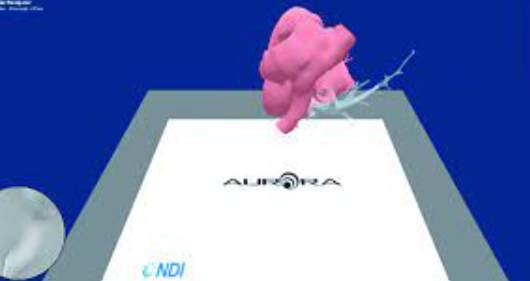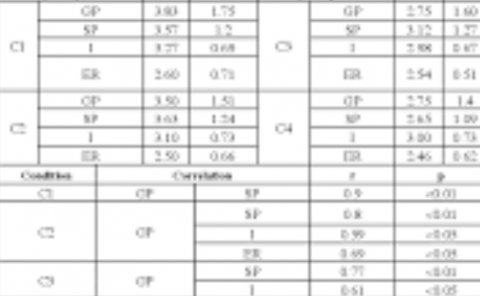Software Framework for VR-Enabled Transcatheter Valve Implantation in Unity
PubDate: July 2019
Teams: Kettering University;University of Pisa;Fondazione Toscana Gabriele Monasterio;CMR Unit
Writers: Giuseppe TuriniSara CondinoUmberto FontanaRoberta PiazzaJohn E. HowardSimona CeliVincenzo PositanoMauro FerrariVincenzo Ferrari
PDF: Software Framework for VR-Enabled Transcatheter Valve Implantation in Unity

Abstract
VR navigation systems have emerged as a particularly useful tool for the guidance of minimally invasive surgical procedures to restore the 3D perception of the surgical field and augment the visual information available to the surgical team. Over the past decade, X-ray free VR navigation systems based on Electromagnetic (EM) tracking have been proposed to guide catheter-based minimally invasive surgical procedures, including transcatheter valve implantation, with a reduced intra-procedural radiation exposure and contrast medium injections. One of the major limits of current navigation platforms is the lack or the poor reliability/efficiency of the real-time modeling unit to reproduce the deformations of the cardiovascular anatomy and surgical instruments. In this work we propose an EM navigation platform, with software functionalities, developed using the Unity game engine, to mimic physical behaviors of surgical instruments inside the patient vasculature, handle the interaction between the tools and the anatomical model via collision detection, and (in the next version of the software) deform in real-time the anatomy. Additionally, the technology used (Unity) can allow a seamless integration of AR headset to further improve the ergonomics of the 3D scene visualization.


